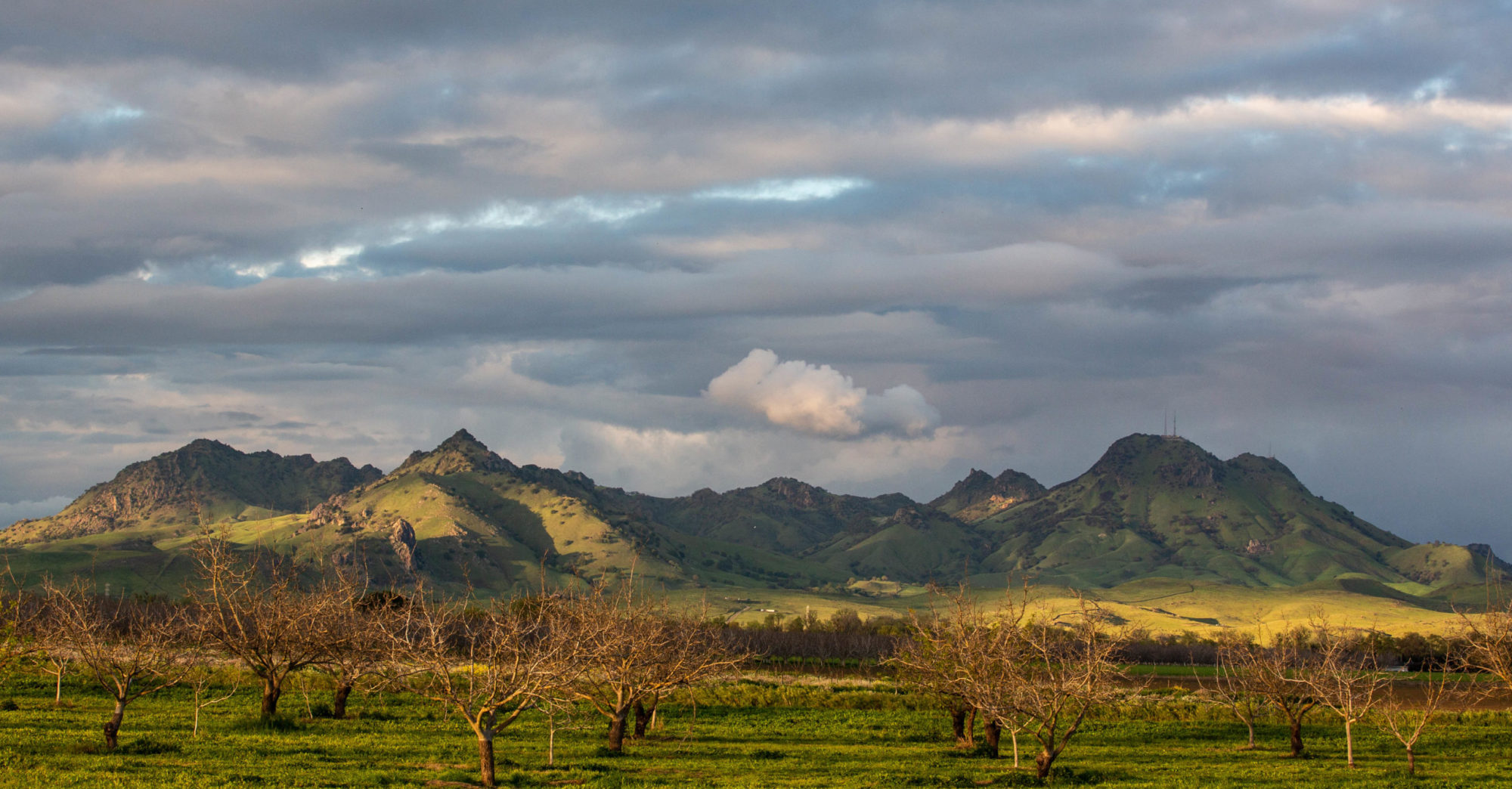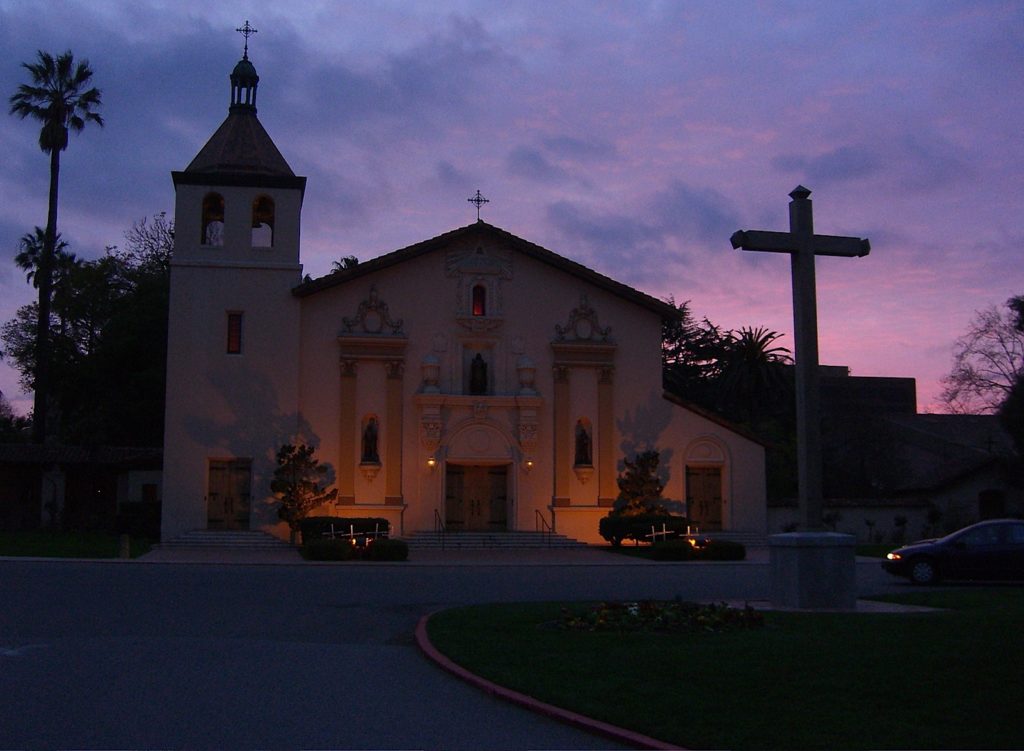The state periodically produces a document called the California Water Plan. It has been coming out in one form or other regularly or irregularly since 1930. It's part catalogue of the state's water resources, part status report on climate, rivers and the plumbing system that eases the thirst of farms and cities, and–as I read it–part marketing brochure for our biggest water customer, agriculture, and for new dams and reservoirs to secure its water supplies. That last aspect may seem odd, but I was struck by how the draft for the next water plan sings the praises of farmers' efficiency in using every last drop of water they get. It ought to be noted that California agriculture gets about four gallons out of five of the water impounded in the state's reservoirs.
The California Department of Water Resources offers a set of summary statistics on the state's natural water supply. In an average year, the state gets about 200 million acre feet of water in rain, snow, and river flows from other states (the latter is mostly by way of the Colorado River, long a major source of water for Southern California).
Of that 200 million acre feet–probably enough water to keep China going for a year if you could save every thimbleful–100 million or 120 million just sort of goes away. It evaporates, gets sucked up by redwood trees and crabgrass and some crops, or keeps natural marshes marshy. Of the remaining 80 million to 100 million acre feet, about half is captured for urban and agricultural uses. And the final portion, sometimes a quarter or more of all water that nature provides this dry place, flows down the great valley rivers, the Sacramento and San Joaquin, and out the coastal streams and bays to the Pacific. The state website describes this outflow as necessary "in part to meet environmental requirements." It sounds responsible of us. Almost altruistic.
If you've spent enough time in the San Francisco Bay region, you can name a couple of these "environmental requirements" almost without thinking about them. One is the need for an adequate flow of freshwater to prevent the "intrusion" of saltwater into the Sacramento-San Joaquin Delta. Brackish water threatens farms there, and it also effects residential users, some of whose water is siphoned right out of the Delta channels.
Another environmental factor is fish. The installation of the vast and complex system of dams, reservoirs, canals, pumps and siphons up and down the Central Valley–but especially in the Delta–has proved deadly for the great salmon runs that used to charge in from the Pacific nearly year round. Belatedly, state and federal water and wildlife officials, at the prompting and prodding of politicians, environmentalists and their lawyers, and judges, have seen fit to set aside some of the yearly flows for the good of the salmon and other imperiled species.
But that responsible, almost altruistic-sounding side of the state's water management sometimes lets its guard down. Our governor, remarkable for his knack to say the right thing–and for seeming to never dig in and deliver on that thing–was talking last week about all that must still be done to fix California. One of his pet projects is a $9 billion program of dam, reservoir, and canal construction. When he was making his pitch for it last week, he described the water that flows out to the Pacific as a waste. It's as if he and those of like mind believe that every glassful, every ounce, ought to be put to productive–you know, human–use.
In saying that, the governor gave voice to an old, old sentiment. Fish and wildlife were never a big consideration when the rivers got plumbed. Putting water to work was the chief concern.
In 1919–90 years ago this week, in fact–the California State Irrigation Association published a tract by Lt. Col. Robert Bradford Marshall. He was a veteran of the U.S. Geological Survey who had studied rivers in California and the West and the problem of getting water where it wasn't. His 12-page report was titled "Irrigation of Twelve Million Acres in the Valley of California." The Department of Water Resources acknowledges Marshall's report as the forebear of the present-day California Water Plan by listing it as the earliest iteration of the state's great water schemes. In short, Marshall proposed building a big dam in the northern Sacramento Valley and building a series of great canals to bring water to both farm and city. Thinking about our current governor and the idea that water that flows into the ocean without having done any honest work is a waste, I was struck by the tract's introduction to Marshall's ideas:
"… Back in those early days Col. Marshall wondered why they didn't irrigate in Northern California as they were doing in Colorado, where he had surveyed the year before. And he then as a young man dreamed that dream of EMPIRE BUILDING that every man of vision at one time or another has dreamed when he views California's millions of acres parched and burning in the summer and her millions of acre feet of water pouring into the Pacific in the winter. …"
And here's Marshall himself, describing that free-flowing water and the people who apparently refused to control it:
"The people of California, indifferent to the bountiful gifts that Nature has given them, sit idly by waiting for rain, indefinitely postponing irrigation, and allowing every year millions and millions of dollars in water to pour unused into the seas, when there are hungry thousands in this and in other countries pleading for food and when San Francisco and the Bay Cities, the metropolitan district of California, are begging for water."
In a dry year like this one, you still hear voices begging for water. And the answer we hear from the governor, farm interests, and water officials is now, as it was so long ago, to capture more of the water that falls on us and put it to work.
Like this:
Like Loading...


 Needing to have something in my hands to read the other day, I spotted a book of Thom’s (I think): “
Needing to have something in my hands to read the other day, I spotted a book of Thom’s (I think): “